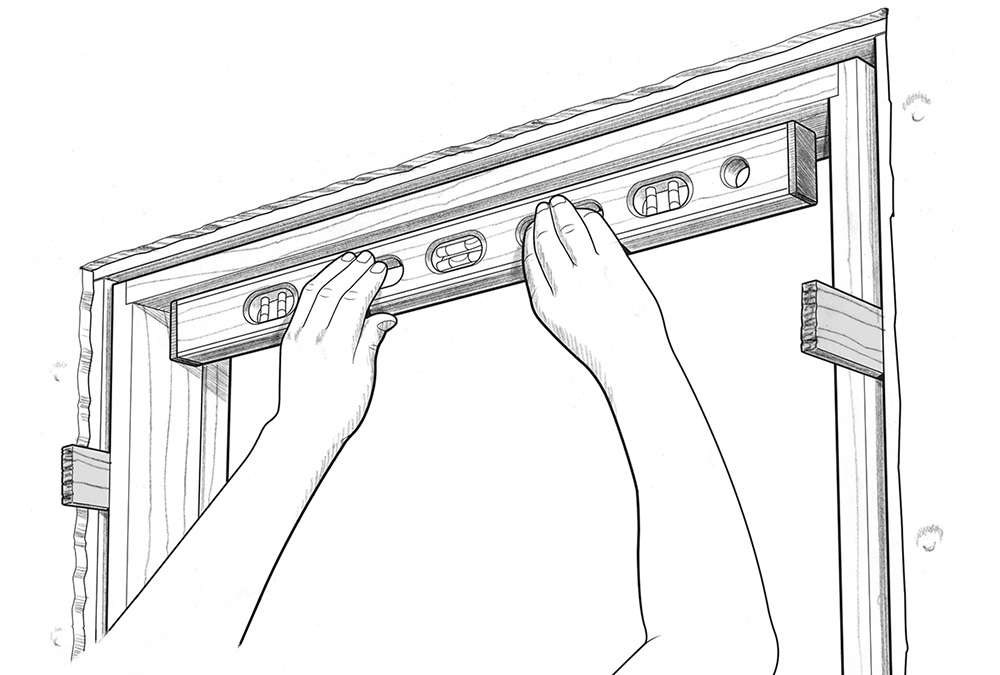Getting Casing Miters Tight
Preassembling mitered casing, shimming the molding, or applying jamb extensions can fix the issue when the wall is thicker than the jamb.

When I’m installing prehung interior doors, I often have trouble getting the casing miters tight. I’m sure this is because the framing and drywall aren’t perfect and the wall ends up being a little thicker than the jambs. Do you have any tips on how to work around this?
—Jacob Smith via email
Brian Campbell, finish carpenter for Solid LLC in Saint Paul, Minn., replies: I wish manufacturers would add another 1/16 in. to 1/8 in. to the standard jamb to avoid this issue altogether. But they don’t, and trim carpenters have to fix it in the field.
Preassembling mitered casing with biscuits and glue will handle minor discrepancies in wall thickness. When the drywall is no more than about 1/8 in. proud, I score it with a utility knife and beat the rock back with a hammer, which allows the casing to fit without rocking on the proud edge of the drywall, though it doesn’t help the miters. To get these miters tight, I’ll sometimes set the miter on the saw to 45° and the bevel to 1° so that it takes a little more off the front of the molding than the back. Usually, I leave the saw’s bevel at 90° and just shim the back of molding up by the amount the drywall is proud of the jamb. That saves me the trouble of forgetting I’ve set the bevel at 1°.

Making and applying jamb extensions is a good choice when the wall is 1/4 in. or more thicker than the jamb.
The opposite happens occasionally too, when the jamb is deeper than the wall. Then it’s just a matter of shimming the front of the molding instead of the back. Final tuning of miters can be done with a low-angle block plane as the trim is installed, and just that simple old tool can save many trips back to the saw.
Photo: Matthew Millham
From Fine Homebuilding #303
RELATED LINKS:





